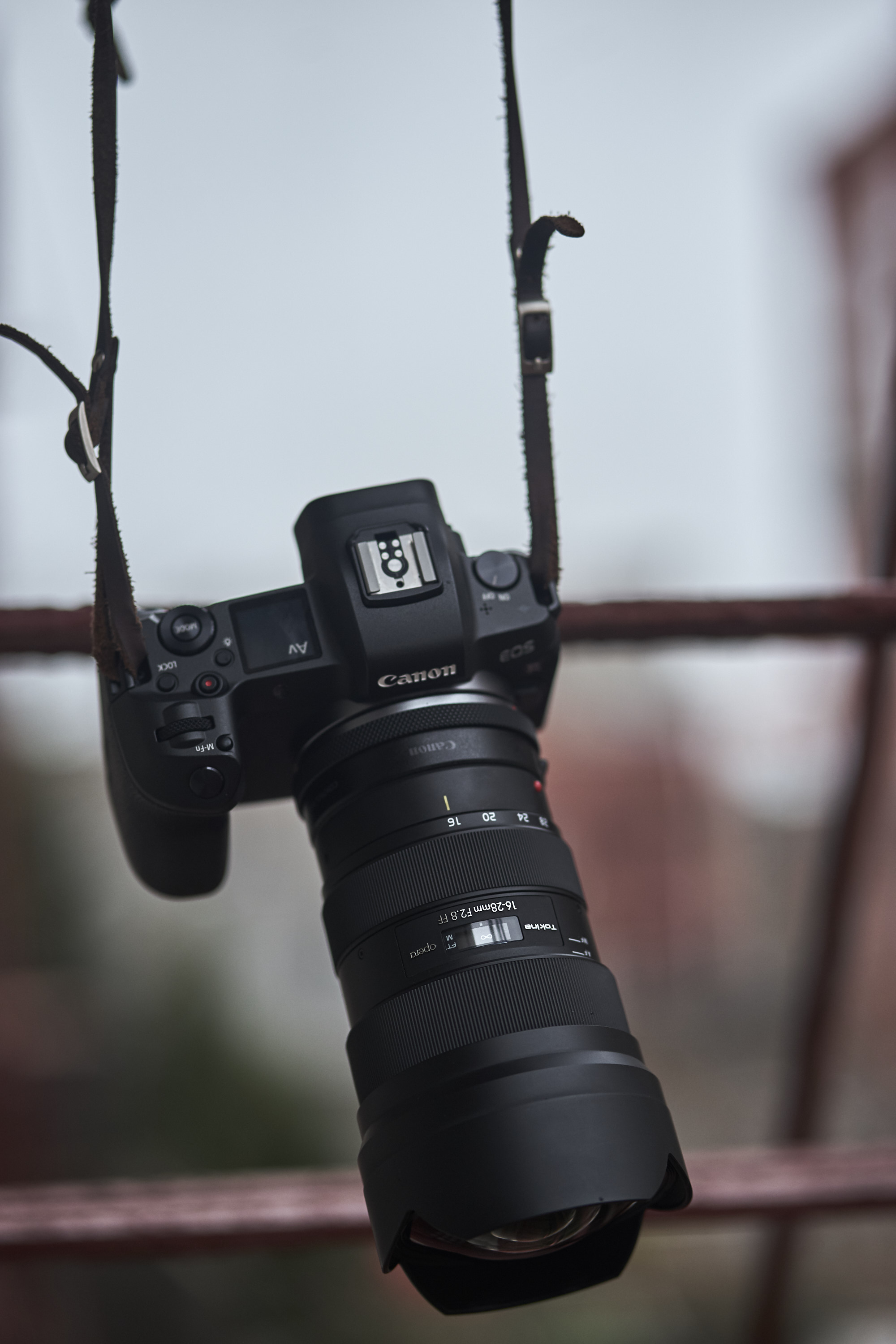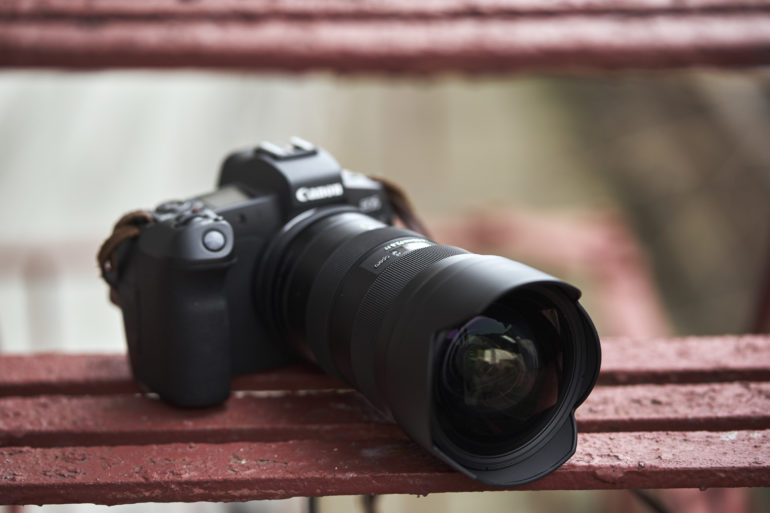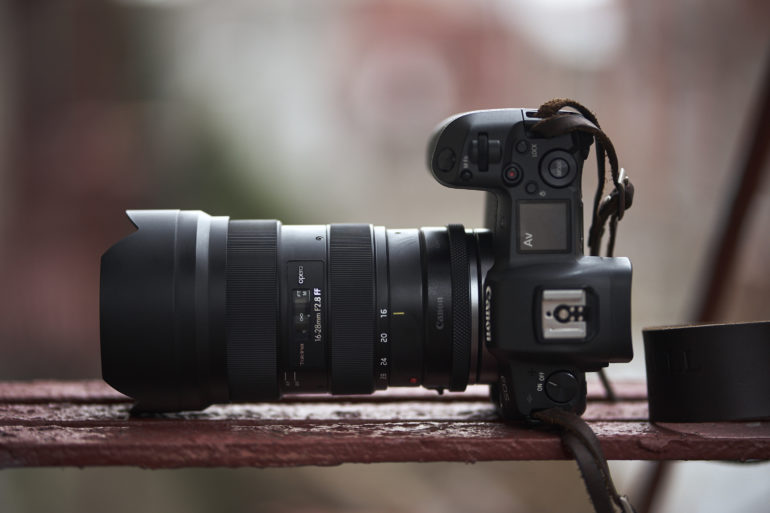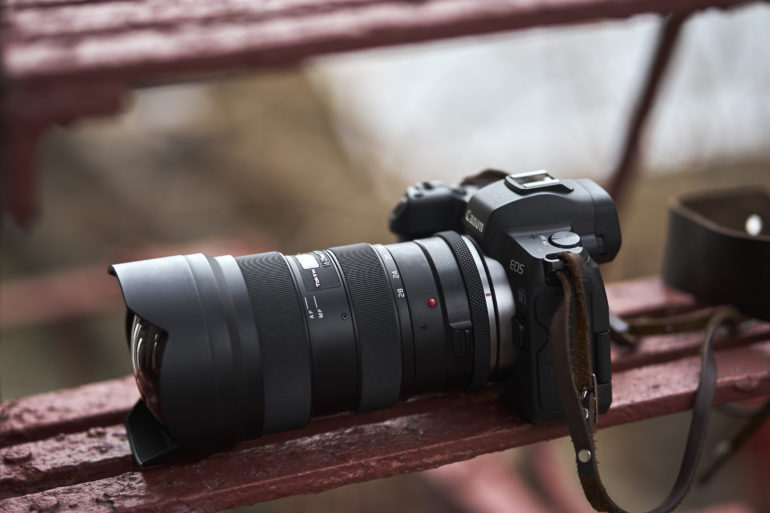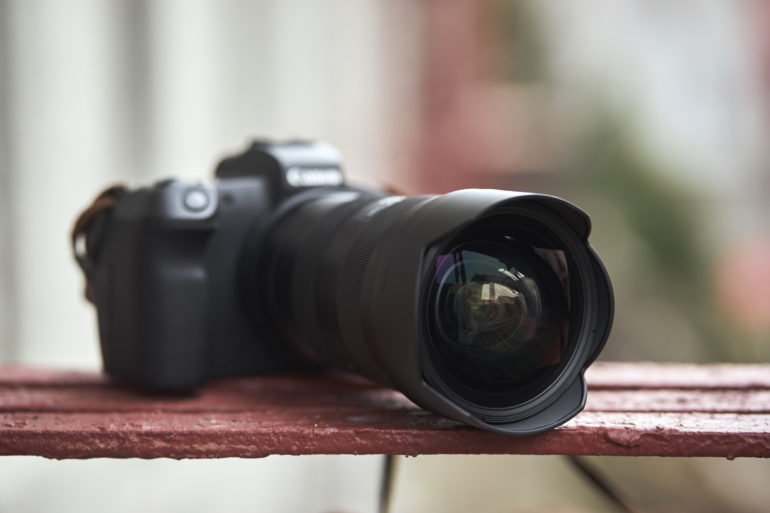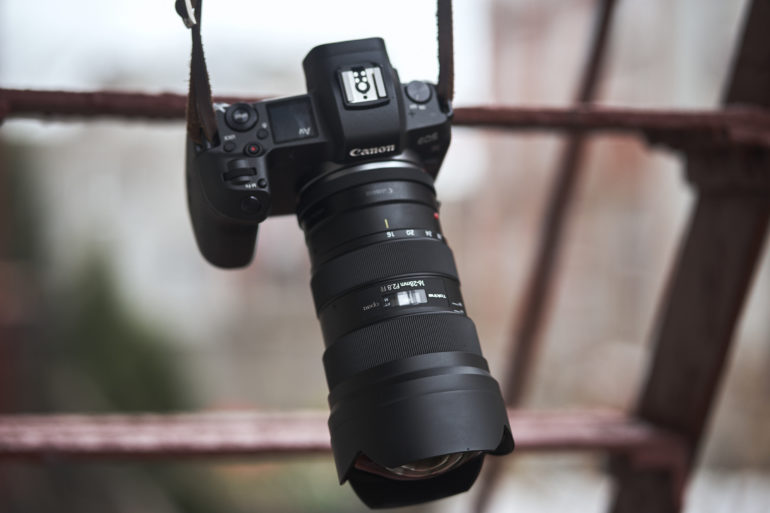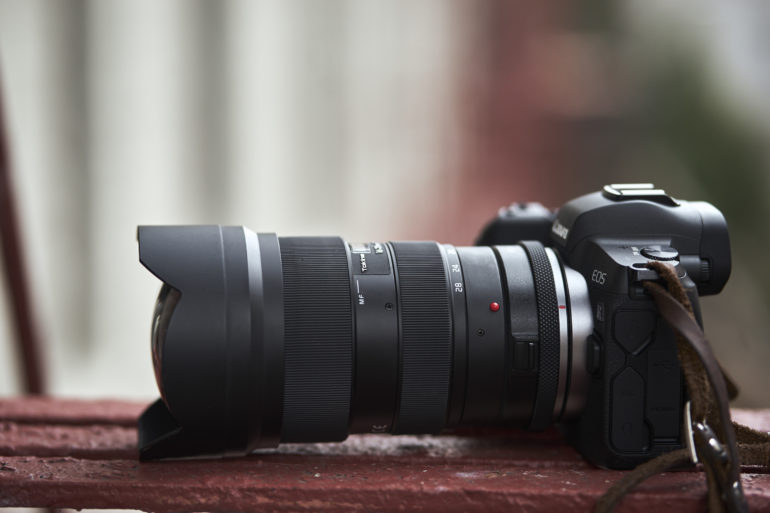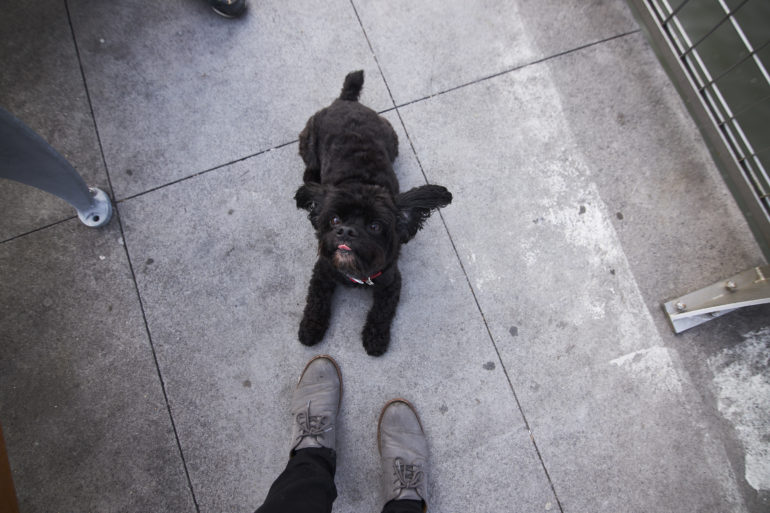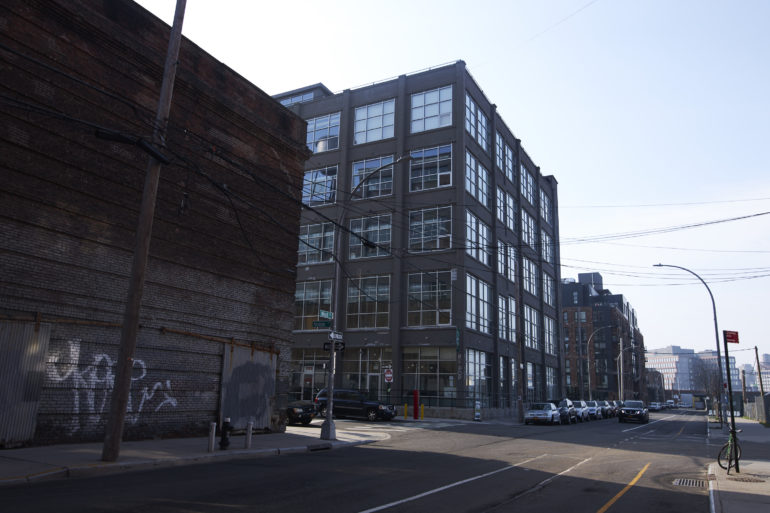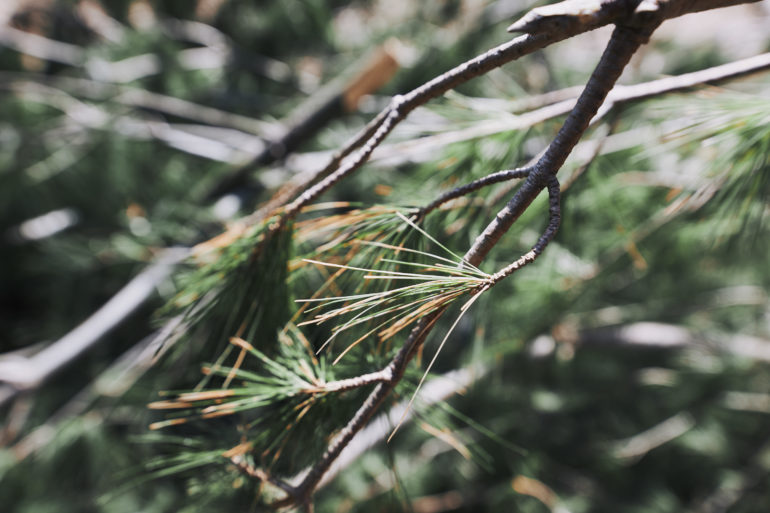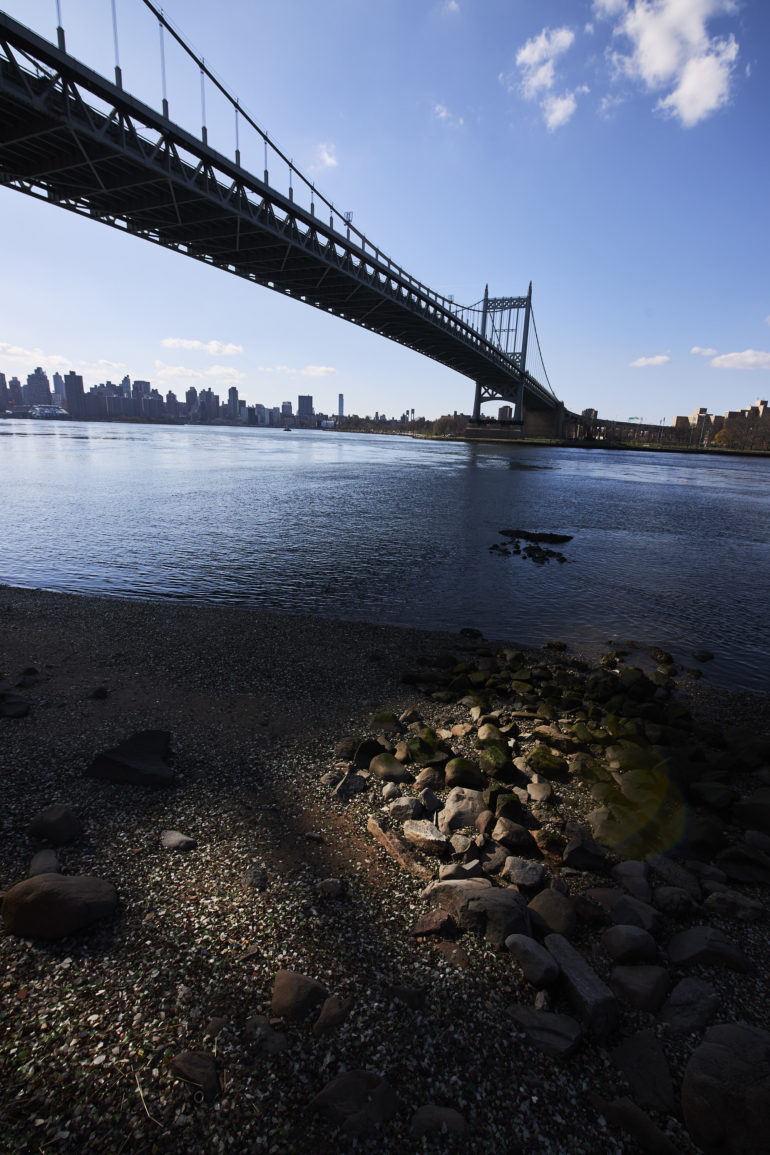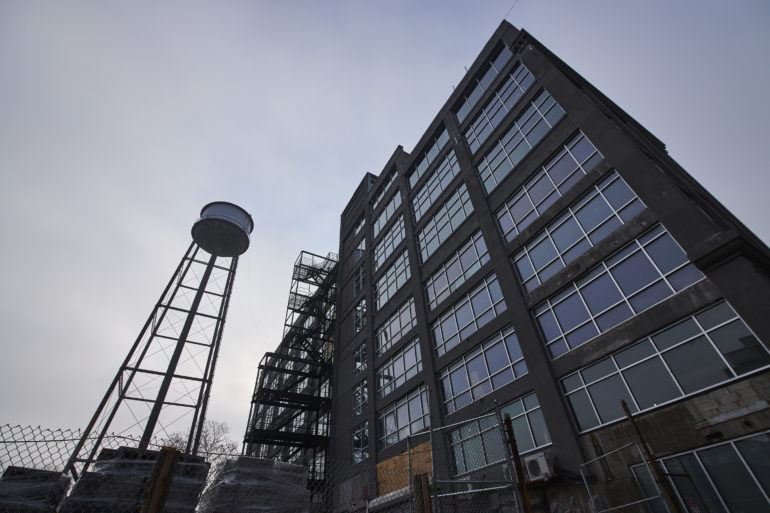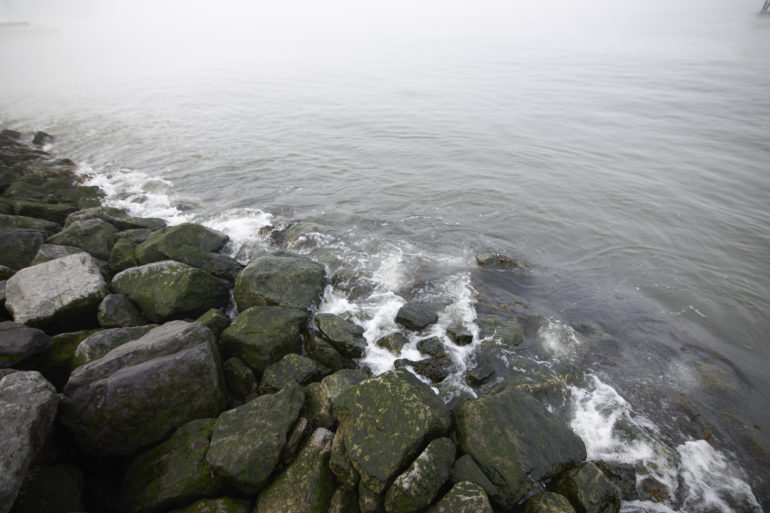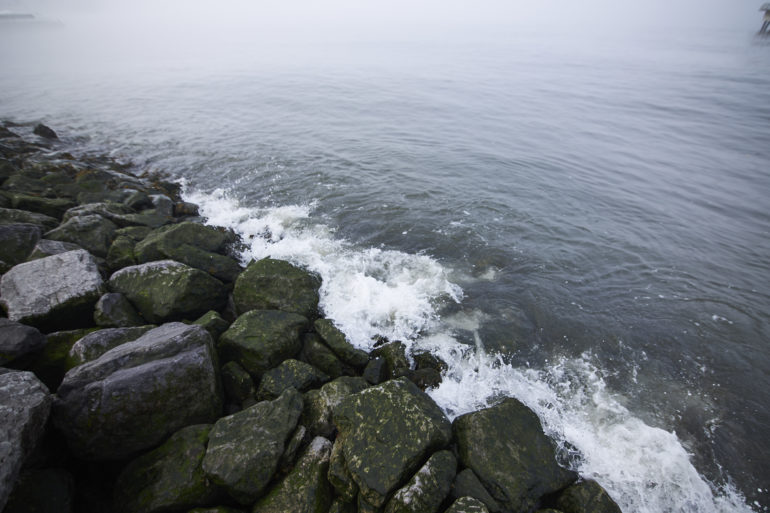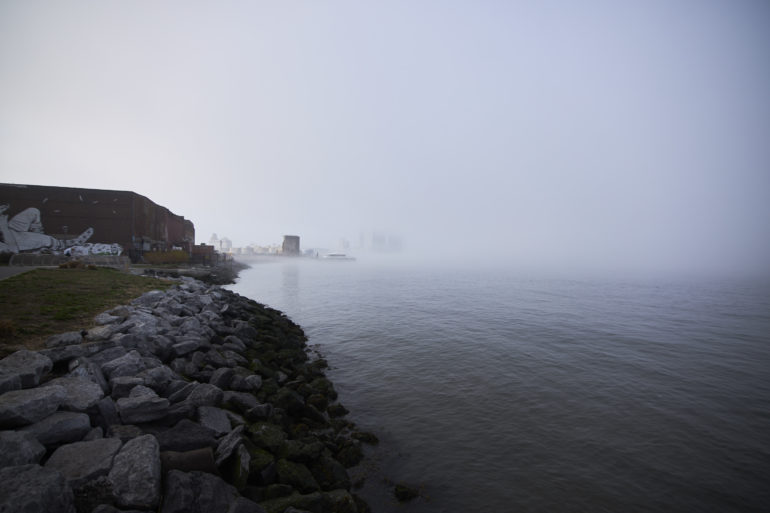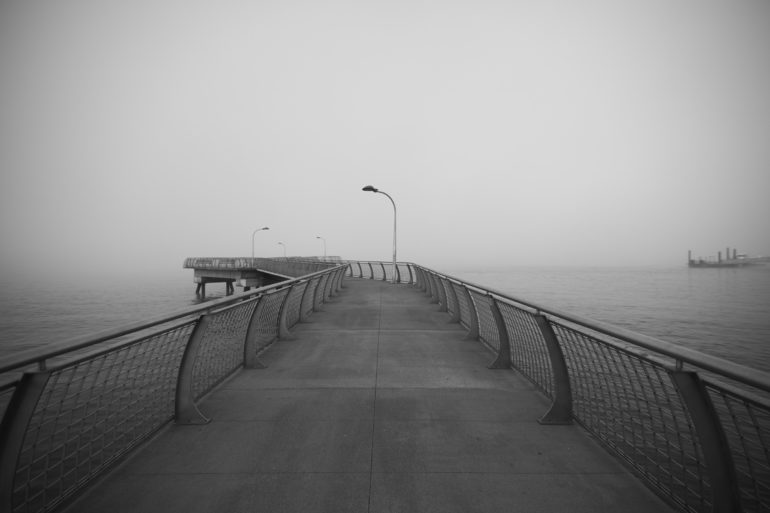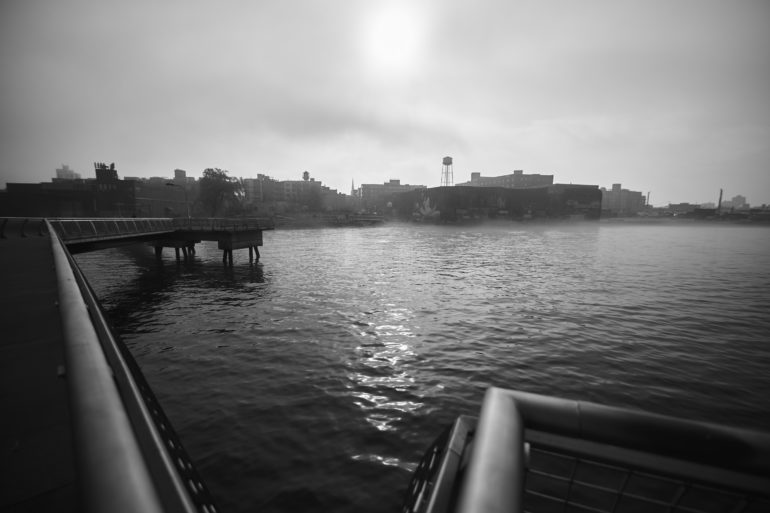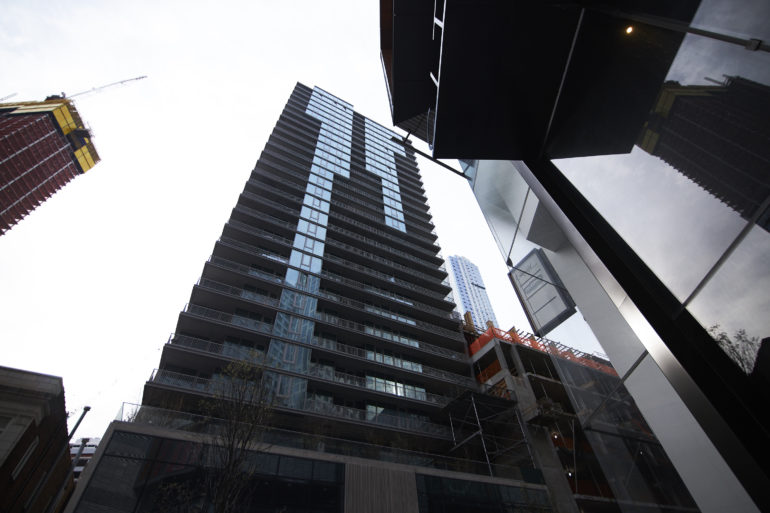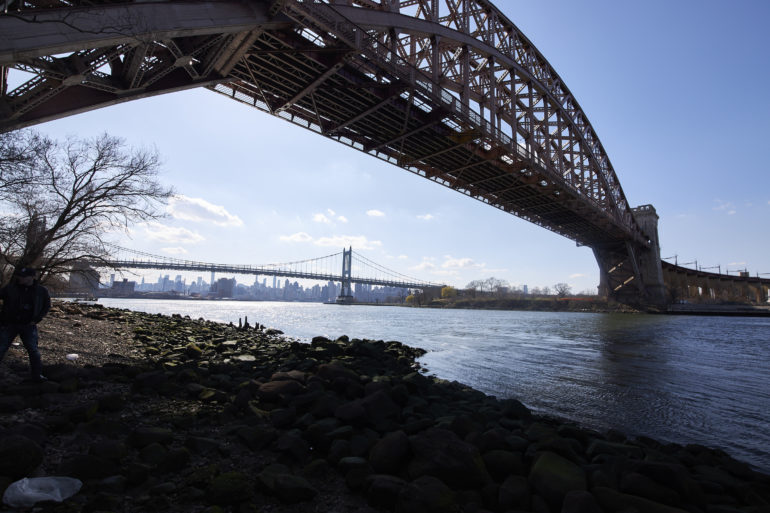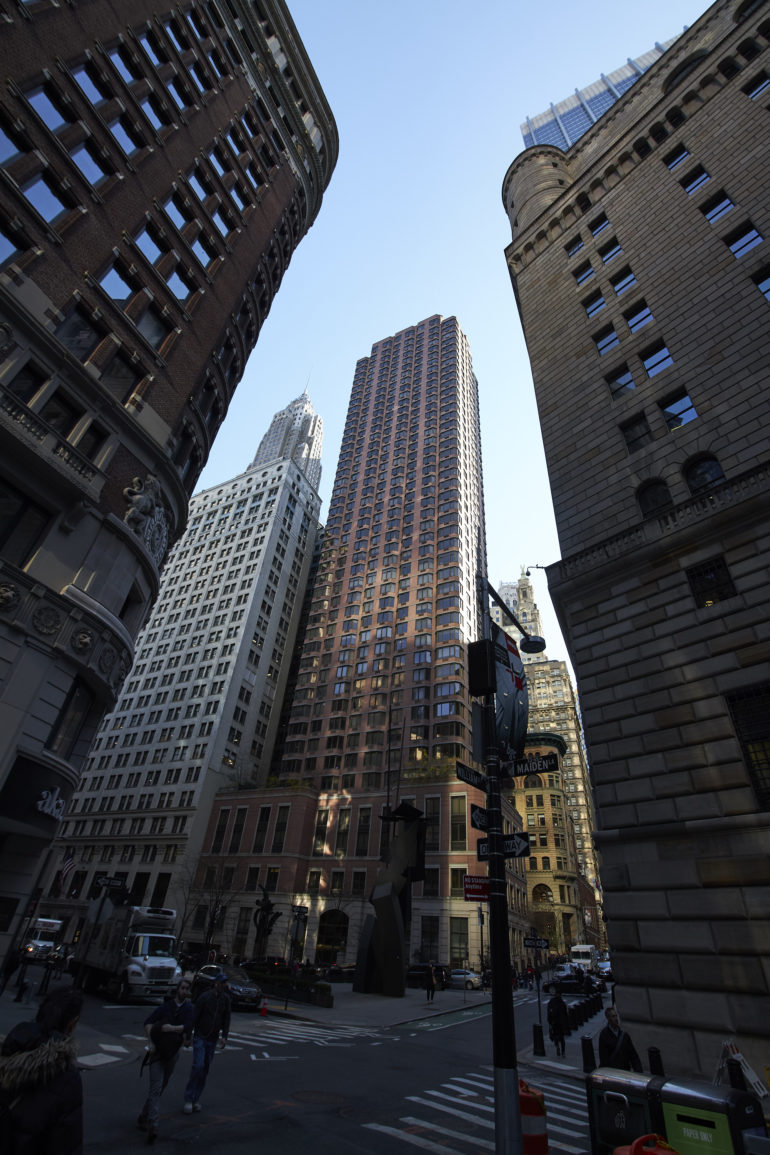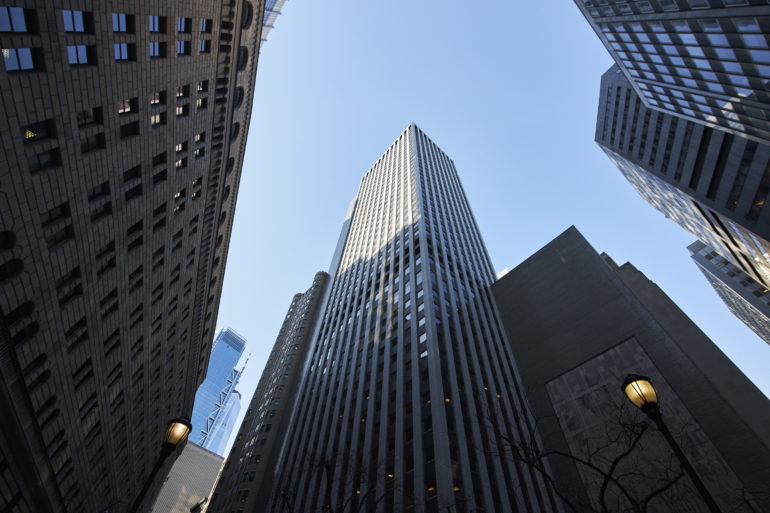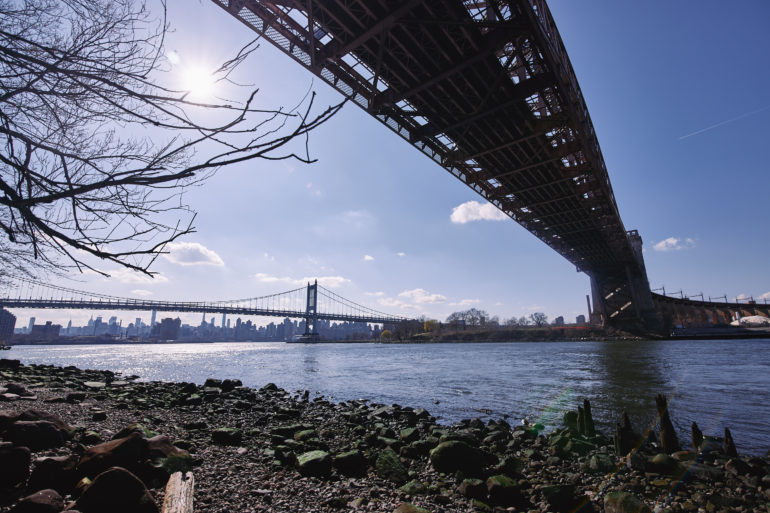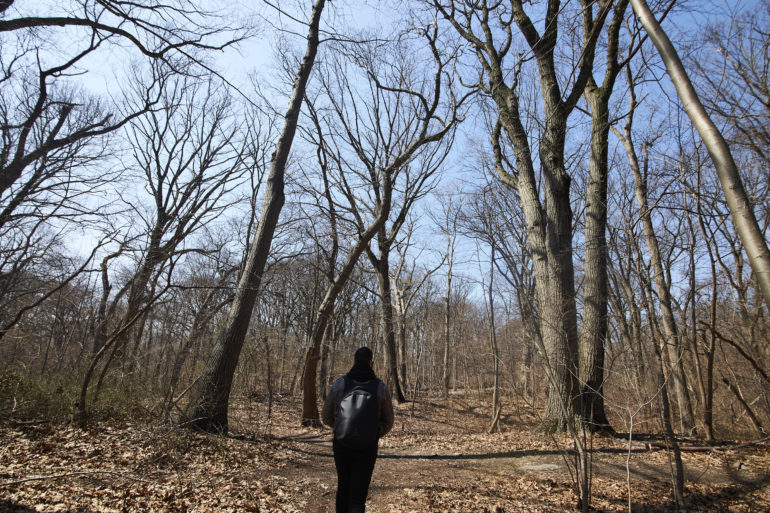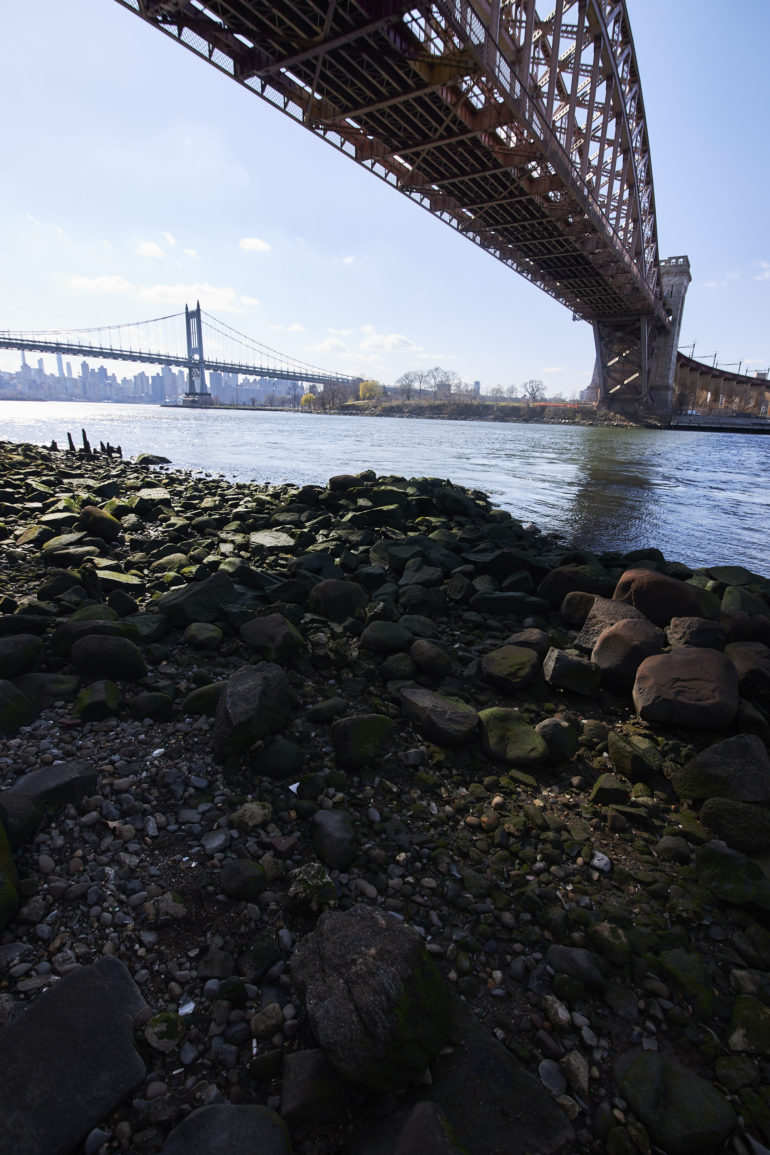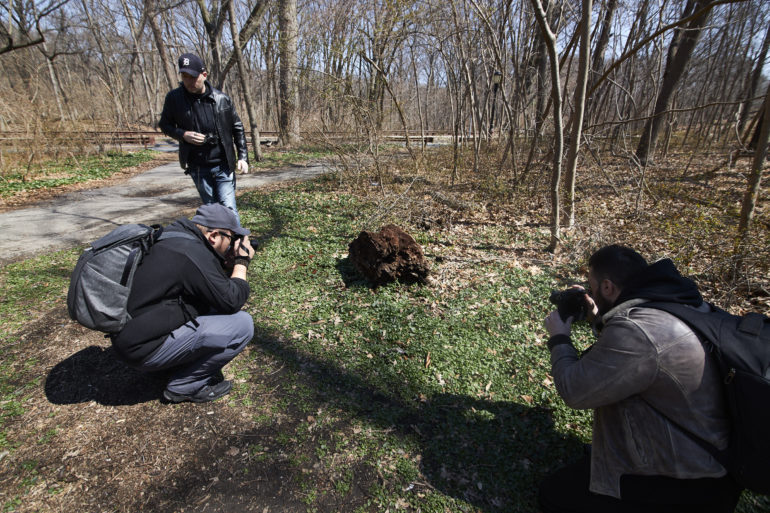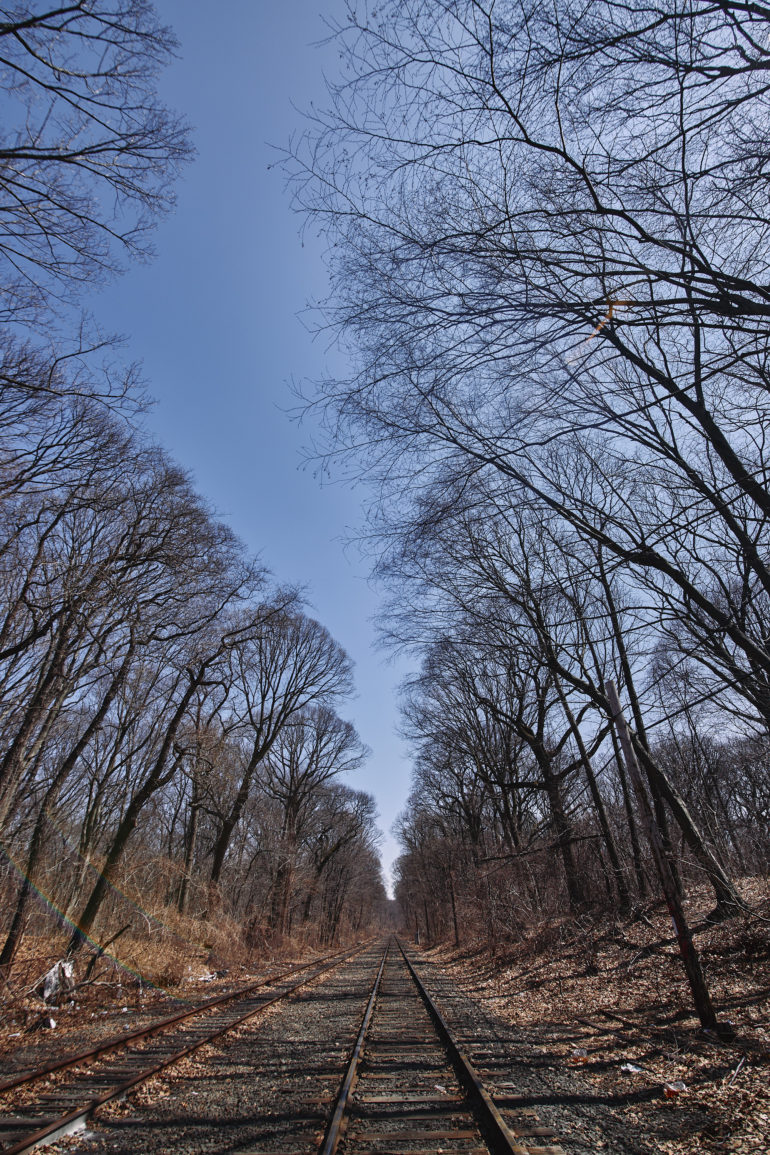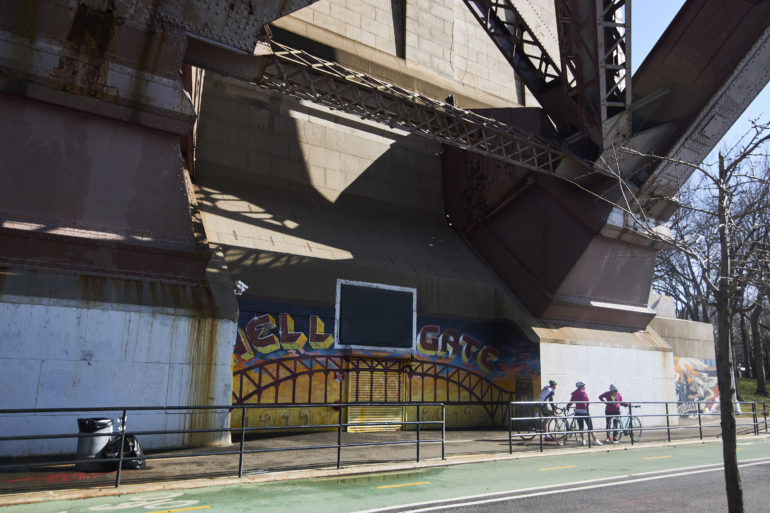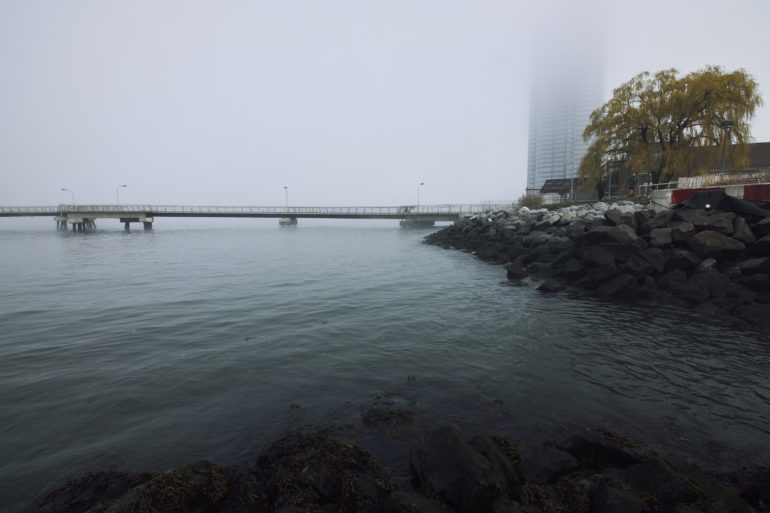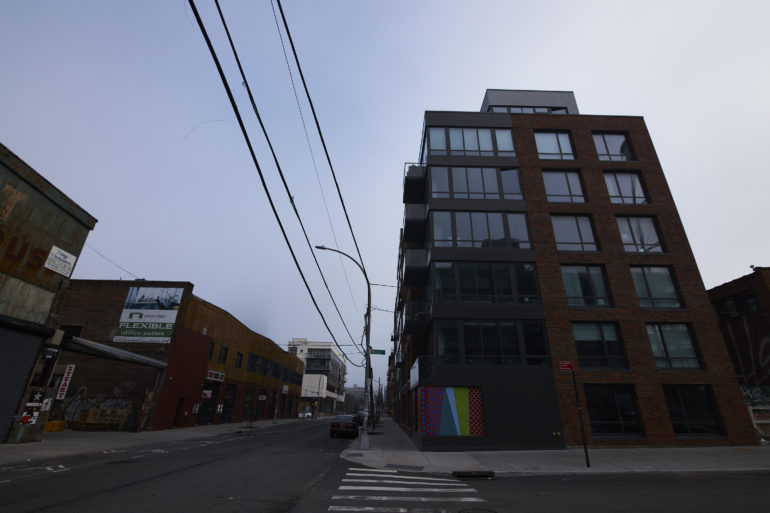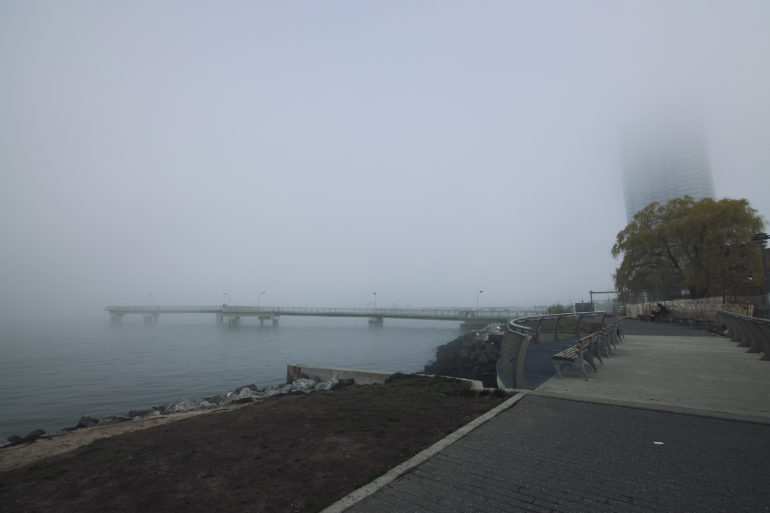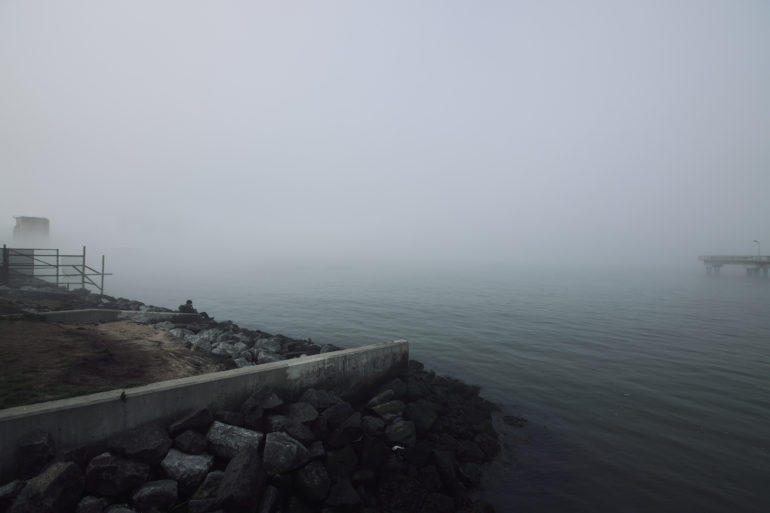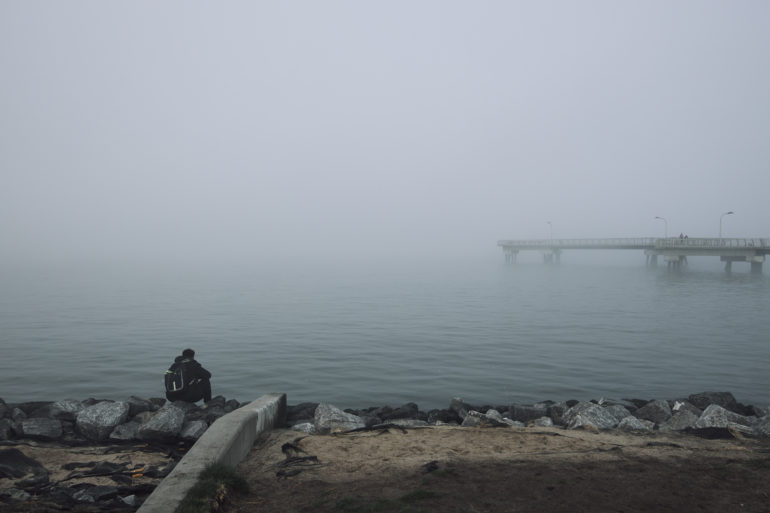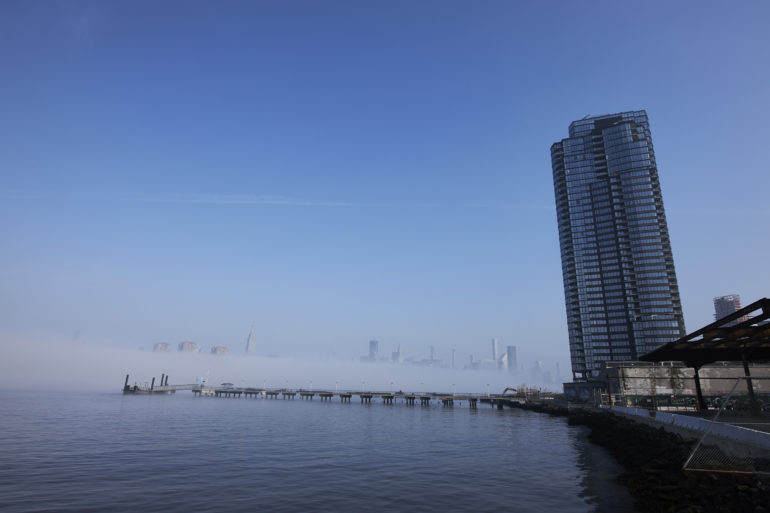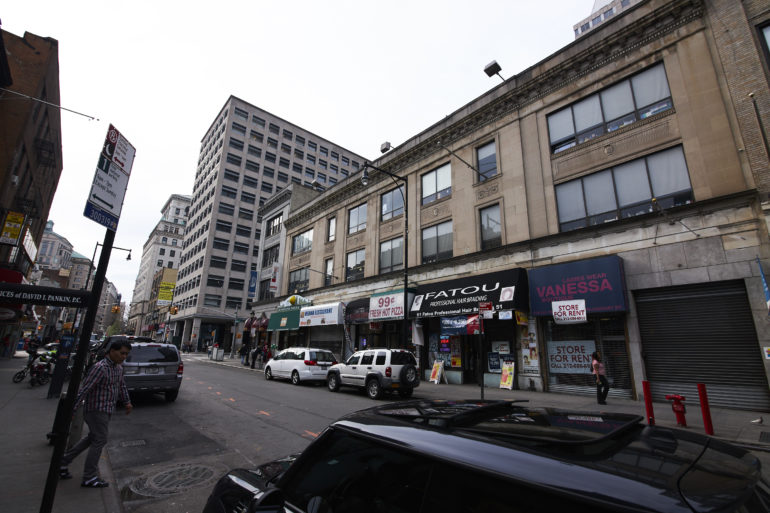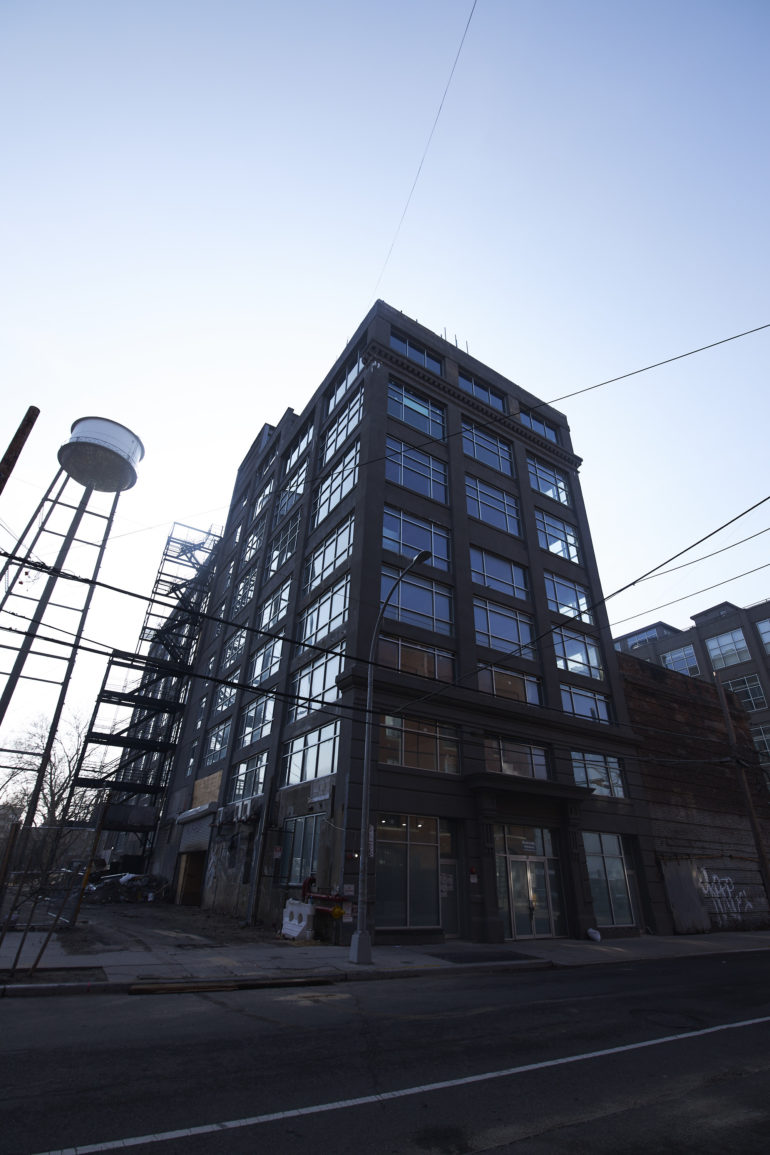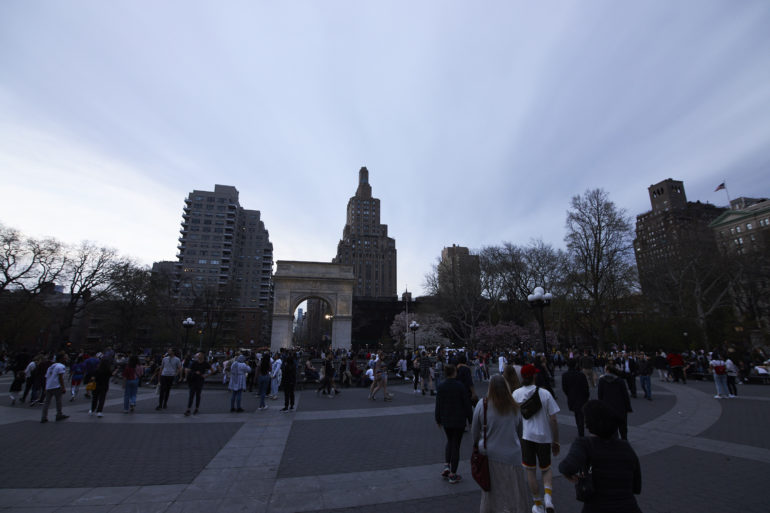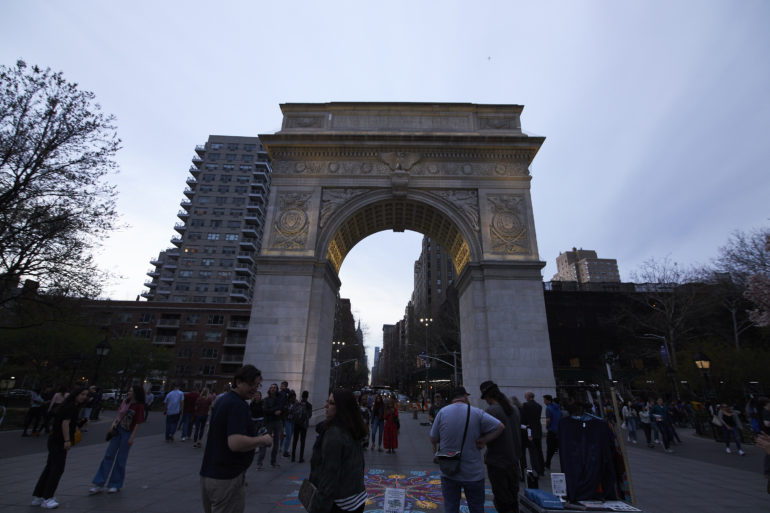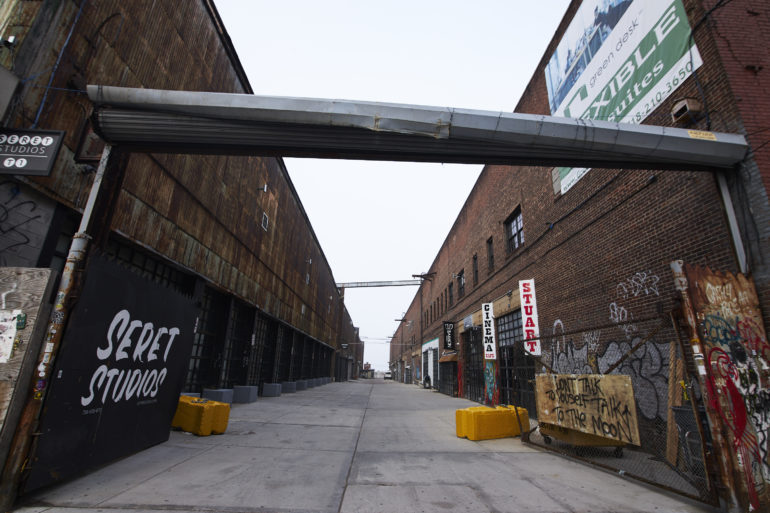Last Updated on 05/07/2019 by Mark Beckenbach
The Tokina 16-28mm f2.8 OPERA is an affordable, constant aperture, zoom lens that can render gorgeous bokeh in the right situation.
Reviewing the Tokina 16-28mm f2.8 OPERA lens was a bit of an odd thing; it goes against much of what I really want in a modern lens these days. While the focal lengths are limited in their range, the price point is kept below $1,000. It was disheartening that I couldn’t take it into very rainy situations due to the lack of weather sealing, but this comes with a lower price point. Though it may seem like a way of cheaping-out the customer, they’re not. The Tokina 16-28mm f2.8 OPERA has beautiful image quality that will satisfy many photographers. With some very sharp optics inside this lens, I was pleased to see it deliver images with pleasing bokeh. At the same time, I really wish Tokina didn’t hold back at all.
Pros and Cons
Pros
- Great image quality
- Feels nice in the hands
- In most situations, it’s got fast autofocus
- It’s dirt cheap for a constant aperture zoom lens at $799
Cons
- I really wish it were weather sealed
- It feels like Tokina was holding back. The OPERA system is supposed to take on the new Tamron SP and Sigma Global Vision lineup, but they’re not marketed in the same way or built to spec
- Sometimes there are autofocus problems with the Tokina 16-28mm f2.8 OPERA and the Canon EOS R using Canon’s adapter
Gear Used
We tested the Tokina 16-28mm f2.8 OPERA on the Canon EOS R.
Tech Specs
Specs taken from our original news post:
| Focal Distance | 16-28mm |
| Minimum Aperture | f/2.8 |
| Maximum Aperture | f/22 |
| Sensor Coverage | Full-Frame DSLR |
| Lens Coatings | Multi-Coated |
| Lens Configuration | 15 elements in 13 groups |
| Angle of View | 107.1° ~ 76.87° |
| Minimum Focus Distance | 0.28m / 11 inches |
| Macro Ratio | 1:5.26 |
| Focus Method | Front Inner Focus |
| Diaphragm Blades | 9 |
| Filter Size | No Filter Threads |
| Overall Length | Nikon – 133.5mm |
| Canon – 136.0mm | |
| Measured from flange mount side | |
| Maximum Diameter | 89mm |
| Weight | Nikon: 940g / Canon: 950g |
| Hood | Fixed |
| Warranty period | Exclusive 3-year USA warranty |
Ergonomics
Look at the Tokina 16-28mm f2.8 OPERA and what you’ll see is a wide angle zoom. It isn’t possible to put a filter on the front of the lens due to the design. It also has an integrated lens hood; not uncommon for optics in this focal length range.
Turn to the top of the Tokina 16-28mm f2.8 OPERA and what you’ll spot is what you may find on many standard lenses like this. There is a zoom ring closer to the mount, while the focusing ring is closer to the front of the lens. Additionally, you’ll find a distance scale with a not-very-effective zone focusing scale. Again, that’s standard for an autofocus lens.
There is no switch on the side of the Tokina 16-28mm f2.8 OPERA to engage manual focus mode. Instead, this lens operates with the focusing ring being moved back and forth to switch between autofocus and manual focus.
As you can see, this lens also has no filter threads. You’ll need an external matte box to make lens filters attach to it. For Canon though, you can also use the adapter that lets you put a filter into the adapter.
Build Quality
I’m sort of perplexed by the Tokina 16-28mm f2.8 OPERA. It’s as big as a number of 16-35mm f2.8 lenses on the market, but not as heavy due to a lack of weather sealing. I wonder why Tokina didn’t choose to extend the zoom range of this lens and also give it weather sealing. But in reality, the Tokina 16-28mm f2.8 OPERA is still a big, heavy lens that gives you a whole lot of the image quality, heft, and size of those larger lenses while skimping on the focal lengths. To me, that’s just weird.
The bottom line is this: you’re not going to be able to take it out into a heavy storm, but I’ve gotten a bit of a splash on the Tokina 16-28mm f2.8 OPERA and it was fine. Attached to your camera, it’s going to take up a lot of space in your camera bag. It’s heavy, though not as heavy as a proper 16-35mm f2.8 lens. And again, you’re paying less than you would for a lot of higher end lenses. If you’re perfectly fine with that and the focal length range, then you’ll appreciate the build quality of the Tokina 16-28mm f2.8 OPERA. To be honest, I expected it to be lighter, smaller, and not feel like I was carrying a big lens.
Ease of Use
The Tokina 16-28mm f2.8 OPERA is like many other options from Tokina; it’s simple to use once you point, autofocus, and shoot. What some may not understand is how manual focus works with the Tokina 16-28mm f2.8 OPERA. Manual focusing is done by pulling the focus ring back like a clutch system. Then it goes into manual focus mode vs autofocus. If you can wrap your mind around this, then you’ll understand the Tokina 16-28mm f2.8 OPERA. It’s otherwise a standard lens–nothing complicated.
Autofocus
The Tokina 16-28mm f2.8 OPERA is a bit of a mix when it comes to autofocus performance. We tested the Tokina 16-28mm f2.8 OPERA with the Canon EOS R and Canon’s own adapter. Perhaps this is not as perfect as a standard DSLR, but it’s very close. Using a dedicated focusing point with the Canon EOS R, the Tokina 16-28mm f2.8 OPERA focused very quickly. It still isn’t as fast as Canon’s native lenses, but the Tokina 16-28mm f2.8 OPERA is no slouch. In a situation like autofocusing on my new friend in the image above, the Tokina 16-28mm f2.8 OPERA and Canon EOS R together focused on his face easily. The same goes for landscapes and cityscapes that have a specific focusing point selected.
Where the Tokina 16-28mm f2.8 OPERA and Canon EOS R didn’t really see eye to eye is with certain images and choosing a place to focus on. When the camera would choose to focus on the entire scene, it sometimes wouldn’t do so accurately or with all of it sharply in focus. Canon’s native lenses don’t have this problem, so I’d recommend really choosing the focusing point yourself.
Image Quality
Perhaps the strongest feature of the Tokina 16-28mm f2.8 OPERA is the image quality. It’s very good, but to be frank there are better lens options out there. Canon’s own 16-35mm f2.8 L USM III is better, but also far more expensive (and weather sealed). There isn’t a whole lot that can compete with the Tokina 16-28mm f2.8 OPERA at this price range. This helps give it an advantage with the image quality because there isn’t something to directly compare it to. The lens is sharp–perhaps optimal at f5.6. In the right situations, it can create gorgeous bokeh that really surprised me. The distortion is kept down except around the outer edges. Even then, the distortion isn’t terrible or something that will stand out.
Bokeh
Can you believe that the Tokina 16-28mm f2.8 OPERA created the image above? I really couldn’t, but combine its close focusing abilities with the f2.8 aperture and you’ll be shocked and amazed. The bokeh is beautiful and makes it stand out much more than what your phone can surely do. Most of all though, I haven’t seen bokeh this gorgeous from a lens of this type, and especially not at this price point. The photographer who buys this lens is surely an amateur and not doing it for professional reasons. To that end, they’ll be quite happy with the bokeh they get from the Tokina 16-28mm f2.8 OPERA. Let me show you some comparisons.


Chromatic Aberration
As far as fringing goes, the Tokina 16-28mm f2.8 OPERA doesn’t really render anything worthy of note. That’s good to hear if you’re a landscape shooter. When we took the images into Capture One Pro, we found that there is distortion around the edges. It isn’t all that awful, and it isn’t a lens killer. I don’t find it anything worth complaining about. Again, for a lens this affordable with image quality this good, the almost negligible distortion isn’t something to cry about. Take a look.
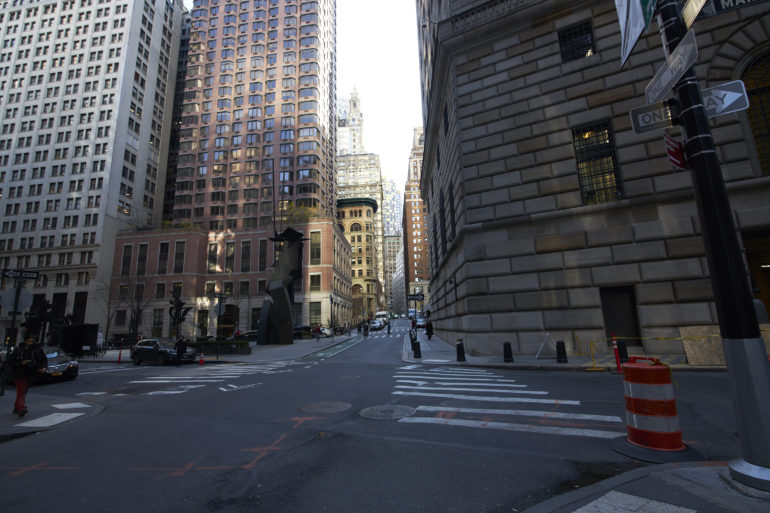
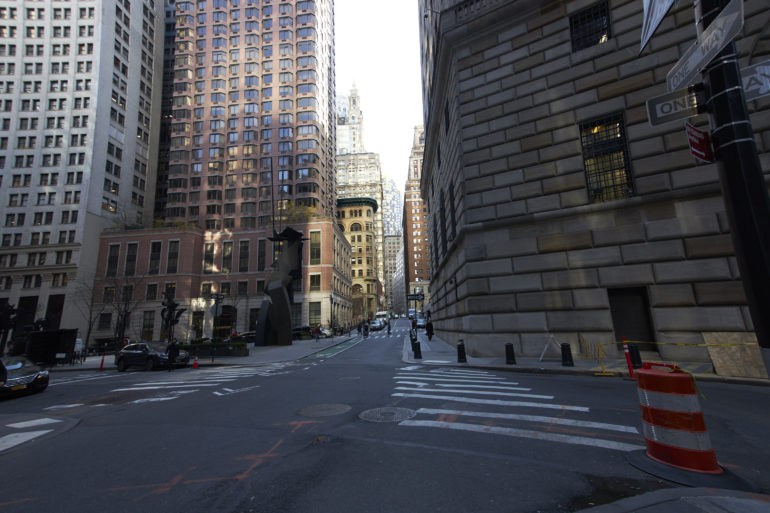
The corners are where this distortion really hides. Personally, I prefer the image not corrected more. Combined with smart compositions, it won’t be a problem for most photographers.
Color Rendition
One of my favorite things about the Tokina 16-28mm f2.8 OPERA is the color rendition with Canon’s own engine. The colors are vivid, bold, and beautiful. Though I understand why Tokina made this lens for DSLR cameras, I really wish they also made it part of their FiRIN lineup for Sony FE cameras. Best of all, it would be nice to be a native lens on the Canon RF mount. Landscape photographers will thoroughly enjoy the colors you can get with the Tokina 16-28mm f2.8 OPERA and Canon’s own sensors.
In terms of color, it tends to stand out from what Zeiss, Sigma, Rokinon, and Tamron usually end up making. It’s a different level of saturation that I’ve always felt Tokina has done well. It’s not as distinct of a look as something you’d get from Zeiss, but it can surely hold its own with Canon’s native lenses when it comes to colors in a landscape.
Sharpness
Wide open at f2.8, the Tokina 16-28mm f2.8 OPERA isn’t all that bad when it comes to sharpness. When stopped down to f5.6, you’ll be pleasantly surprised at the output. Though this can be said to be a weakness, I think it’s a nice character to add to the lens. At f2.8, you’re probably really looking to embrace the bokeh of the lens, and so the softer look will be nice. When stopped down, you’ll want sharper results and more of the scene in focus. And for sure, you can get those results. I see most landscape photographers buying this lens and stopping it down; good news for them. Enthusiasts will go for this lens too, while knowing they can get beautiful bokeh at f2.8 and shooting around for fun. That market segment probably doesn’t care about sharpness as much, and they’re probably even using their cameras in auto mode.
Extra Image Samples
Conclusions
Likes
- Image quality
- Bokeh
Dislikes
- It feels like Tokina isn’t trying as hard as they can despite this being a very good lens
I like the Tokina 16-28mm f2.8 OPERA, but I’m not sure I’d buy it. I’d prefer and need a lens that works with mirrorless cameras (which are all that I own these days). In addition to that, the company makes these lenses to be their top of the line, yet for some odd reason there isn’t a whole lot of weather sealing and there isn’t a sufficient trio of lenses to round this out. If Tamron had a trinity of a 14-28mm, 28-70mm, and 70-200mm in the OPERA lineup, then I’d understand, sort of. Even then I’d need better build quality.
The Tokina 16-28mm f2.8 OPERA receives three out of five stars. Though this is a good lens, Tokina needs to look around the industry and note that other manufacturers are really trying.


